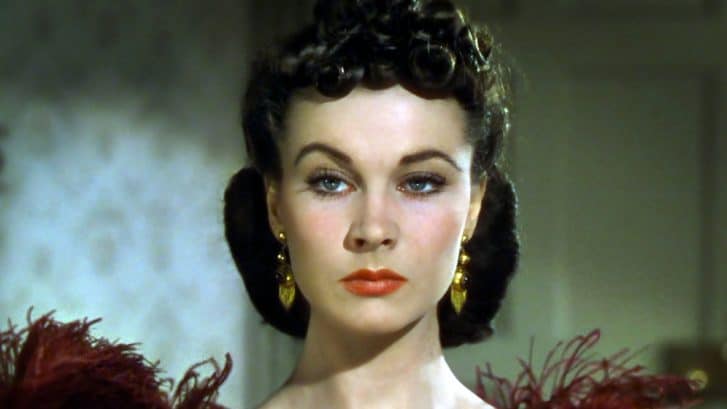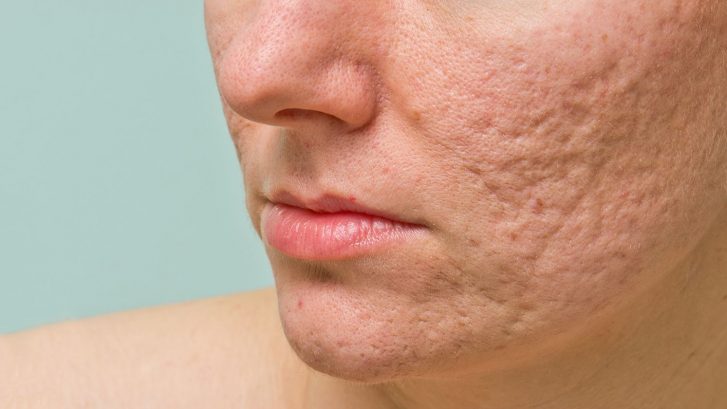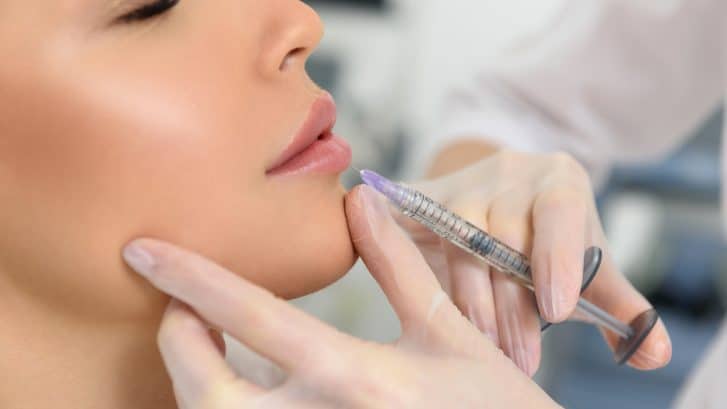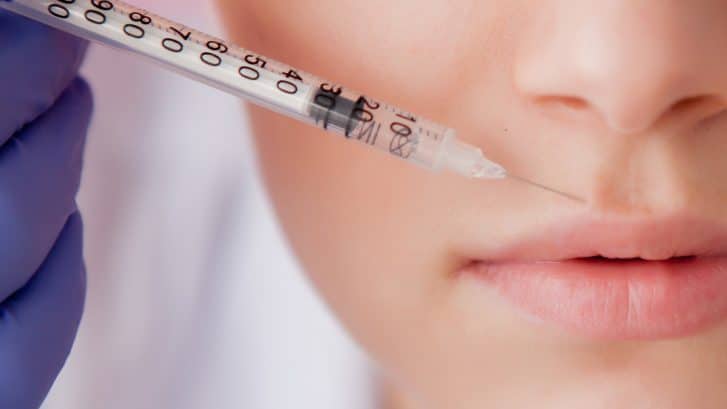The 3 Most Affordable Procedures You Can Gift This Holiday Season
‘Tis the season to look great! The holidays are full of photo opportunities and parties galore. When you step out in your Christmas sweater and matching cheer, you are giving the world the gift of your confidence.
But some people might need a little boost of self-esteem this giving season.
We all want to put our best face forward this Christmas, so consider presenting that special someone on your gift list with a cosmetic enhancement procedure. Spread the love of aesthetics by spreading your generosity of spirit. Many of the services we offer take very little time out of your loved one’s busy seasonal schedule and they are also surprisingly affordable.
Feel free to forward the following list directly to Santa after you check it twice…
BOTOX
There’s a reason why Botulinum Toxin Type A (also known as Botox) is the most popular minimally invasive procedure in the United States. Americans enjoy the benefits of over 7.2 million Botox procedures every year. This statistic represents a 2% increase year over year, so the enhancement craze shows no sign of slowing down.
The word is out: Botox is in!
Botox is a neuromodulator, which means that it targets the troublesome muscles that cause wrinkles. By blocking the signals that emanate from your nerves, Botox disrupts contractions in your soft muscle tissue. When your facial muscles relax, they release the creases that cause crow’s feet, laugh lines, and other unwanted wrinkle formations.
Botox has even proven effective in easing the stressed musculature that aggravates acne scars. If someone on your gift list is unhappy with the lines or lingering marks on their face, consider filling their stocking with Botox (or a gift certificate to Dr. Binder’s Beverly Hills clinic, to be more accurate)!
Not only can Botox benefit your facial features, but it is also a breakthrough treatment for migraine headaches. Let’s face it: the holidays can be stressful. Doesn’t your spouse or significant other deserves a release from the stress and strain of shopping, travel, and family drama?
Dr. Binder is a maverick in the application of Botox for migraine relief. Just as Botox can relax your facial muscles to reduce wrinkles, it can also ease the neural pathways that carry pain signals through your nervous system. In effect, Botox helps block a migraine in its tracks.
Merry Christmas indeed!
DERMAL FILLERS
While Botox is great for relaxing the muscle contractions that contribute to wrinkles, that’s only half of the equation. As we age, we lose muscle mass. This leads to a loosening of the skin, leaving gaps beneath the surface.
Dermal fillers help fill these gaps and plump the look of your skin. Restylane and Juvederm are perfect products for that hard to please person in your life. A facial filler injection only takes about 30 minutes, but its effects can last for months or even up to two years. That should cover your gift obligations for the next couple of Christmases!
Dermal injections promote the production of collagen under the skin. Collagen is the most prevalent protein in the human body, and it helps with the growth and maintenance of blood vessels, soft tissue, bones, and teeth. By stimulating collagen and its many benefits, dermal fillers add a youthful glow to your loved one’s face in the short term as well as long term.
For a deluxe gift that combines the benefits of both techniques described above, consider a Botox/filler pairing. These safe and complementary procedures work wonderfully together, addressing your special someone’s needs on two fronts at the same time. The Botox halts the damaging effects of facial muscular contractions while dermal fillers repair the existing damages done by time and the winter (wonderland) elements. This comprehensive cosmetic package truly is the gift that keeps on giving!
FACIAL PEELS AND LASER SKIN TREATMENT
If your loved one has blemishes or uneven patches on their skin, then a chemical peel may be the perfect holiday gift. By coating the affected area with a safe, FDA-approved solution, this technique simultaneously targets damaged spots while rejuvenating the surrounding tissue. To paraphrase an old saying, many skin aberrations are only skin deep. Dr. Binder can peel them off cautiously and gently, allowing your gift recipient to enjoy their natural luster just beneath the surface.
A ton of chemical peels are performed annually in America, but the popularity of the procedure is quickly being rivaled by laser skin resurfacing. This method of cosmetic enhancement uses amplified light waves to excite a focused, precise stream of carbon dioxide to the unwanted blemish. The laser removes the discoloration from the top later of the skin while stimulating collagen to rapidly replace the affected tissue.
Laser resurfacing is perfect for pinpointing “problem areas” on the skin while facial peels provide an overall evenness and rejuvenation to a recipient’s expression.
We sincerely don’t want to complicate your gift-giving dilemma by presenting you with too many options. That being said, Dr. Binder offers both laser resurfacing and facial peel options. If you are unsure which to choose, then you can simply buy a gift certificate and let your loved one navigate his or her individual enhancement journey.
DR. BINDER IS YOUR ONE-STOP COSMETIC SHOP
You know your friends and family intimately. You care about their every wish, and you want to fulfill them lovingly. If you are stumped for gift ideas this holiday season, consider contacting Dr. Binder for help.
Picture your significant other’s face. It’s a great sight, indeed! But if your sweetheart is hesitant to smile or laugh due to insecurities about their looks, then an affordable cosmetic procedure can help.
Now picture your loved one’s face again, this time on Christmas morning or the first night of Hanukkah. Think about how their eyes will light up when they open their present from you. If we can help make your holiday dreams a reality, then that is the greatest gift of all.










